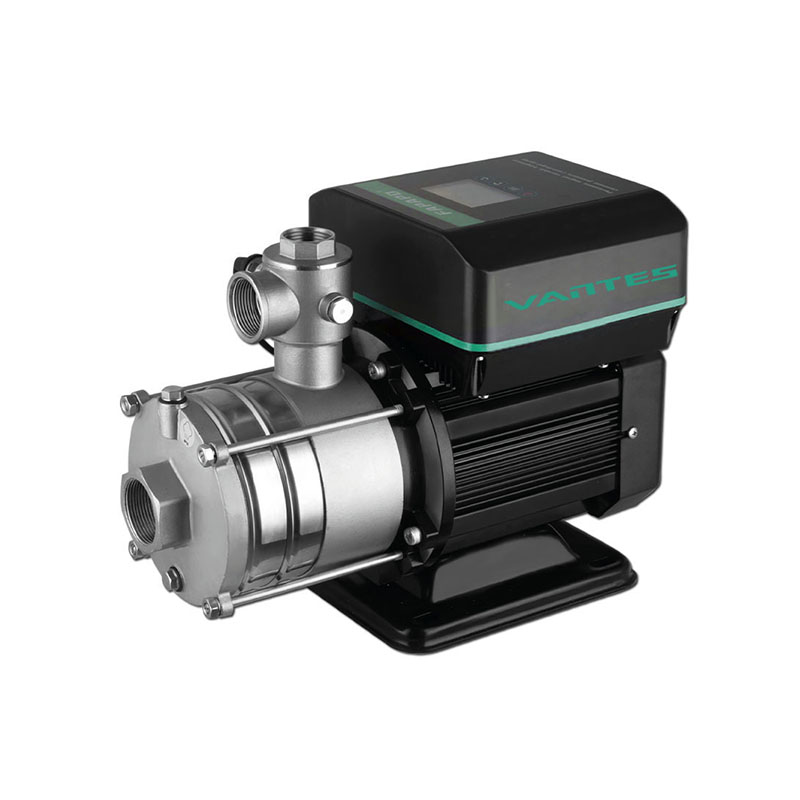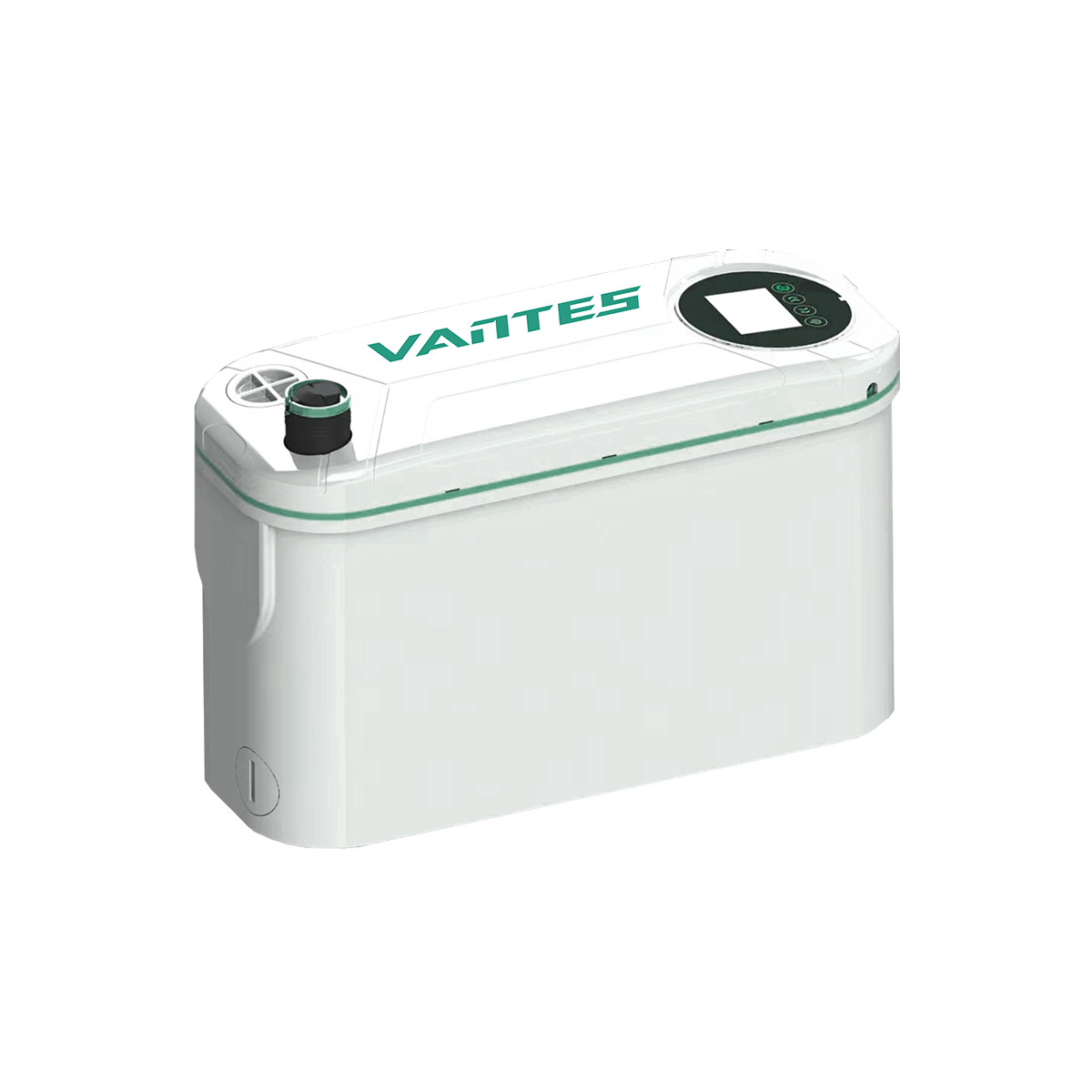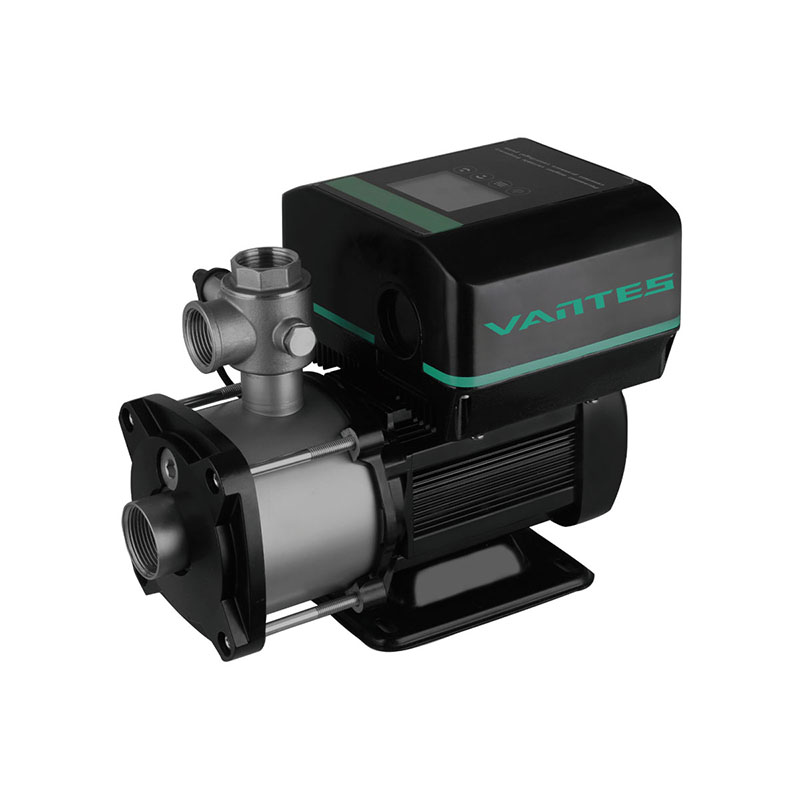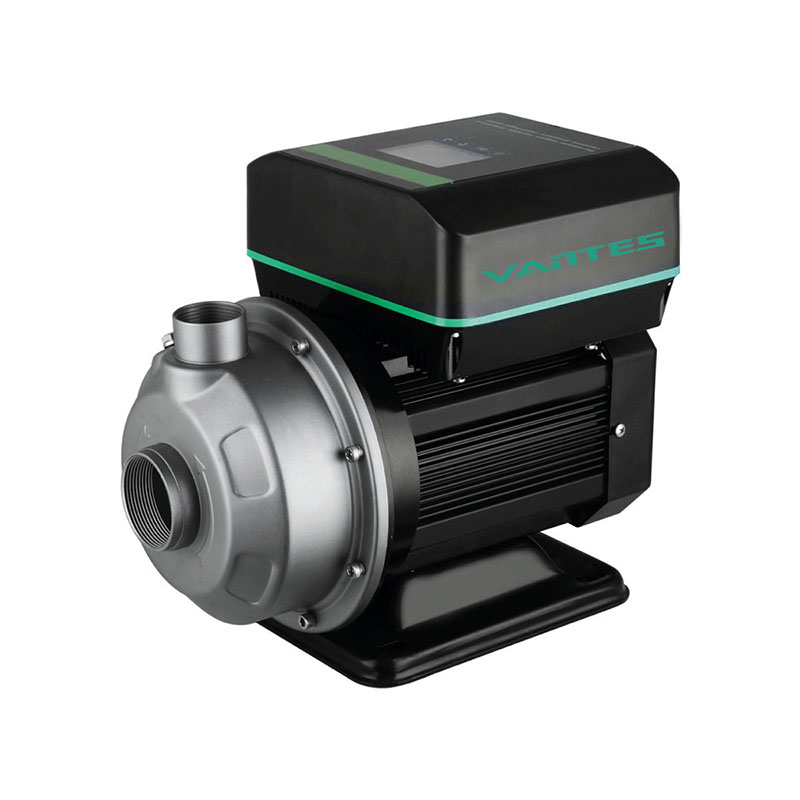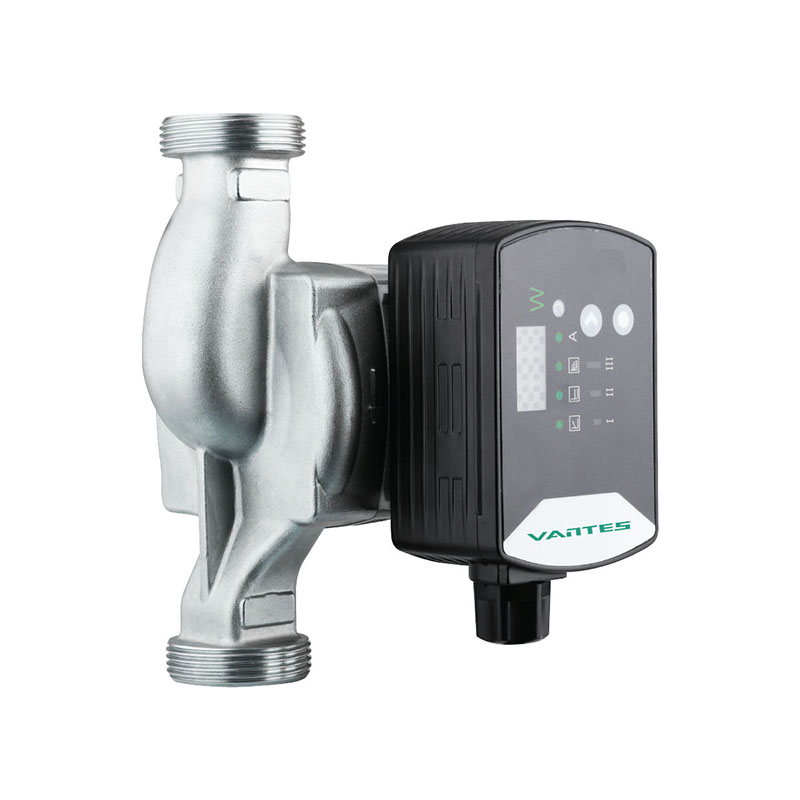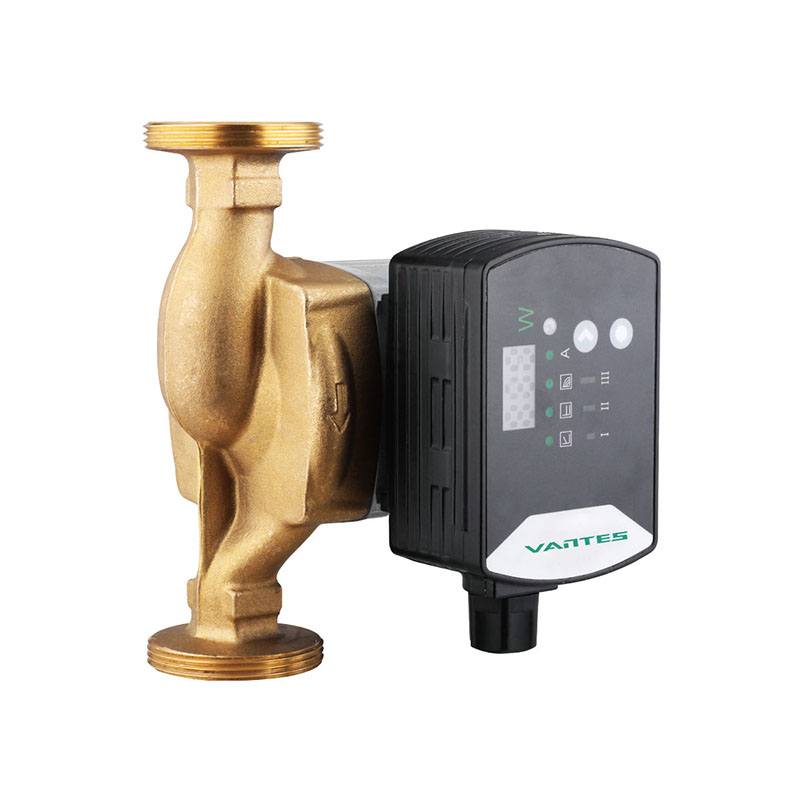Ensuring the efficient operation of a Pipeline Circulating Pump or a Multi-Stage Centrifugal Pump starts with careful installation practices. These pumps, widely applied in district heating, HVAC, industrial liquid transport, and domestic water circulation, depend heavily on correct setup to maintain performance, energy efficiency, and longevity. While these pumps are designed for robust operation, attention to installation details can prevent early wear, reduce maintenance needs, and enhance overall system stability.

Selecting the Appropriate Location
Choosing the right installation site is critical. For systems where maintenance access is needed, leave sufficient space around the pump for inspection, cleaning, and component replacement. Avoid areas prone to flooding or excessive dust, as environmental conditions can affect the pump’s motor and seals. For Multi-Stage Centrifugal Pumps, proper alignment with the pipeline is essential to prevent strain on the pump casing and impellers.
Aligning the Pump and Piping System
Proper alignment between the pump and the connected piping reduces mechanical stress and enhances operational stability. Misalignment can cause premature bearing or seal failure and increased noise. When connecting the pump to the system, use flexible couplings or expansion joints where appropriate to accommodate thermal expansion and minor shifts in the pipeline. For high-pressure or long-distance pipeline installations, consider the effect of pressure surges and water hammer, and use suitable control valves to mitigate these risks.
Handling Electrical and Control Connections
Electrical installation must comply with the pump’s rated voltage and frequency specifications. Ensure that single-phase or three-phase power supply is stable and within ±10% of the rated voltage to prevent motor overheating or malfunction. Proper grounding and surge protection help safeguard the pump’s permanent magnet motor and variable frequency drive, if equipped. Additionally, configure the control system to match operational requirements, setting speed and flow parameters to align with the system’s design. Multi-Stage Centrifugal Pumps benefit from variable frequency drives for energy-efficient operation at varying flow demands.
Managing Fluid Characteristics
Understanding the properties of the circulating medium is key. Pumps are typically designed for clean water or liquids with similar viscosity. Particles or solid impurities exceeding 0.2 mm can cause wear on impellers and reduce pump efficiency. If the system contains water with suspended solids, consider installing strainers or filters upstream. Maintain medium temperature within the pump’s rated limits to avoid damage to seals or motor insulation. For Multi-Stage Centrifugal Pumps, temperature variations can affect multiple impeller stages differently, so monitor flow and pressure regularly during initial operation.
Commissioning and Initial Operation
Before full operation, perform a dry-run check and confirm all mechanical and electrical connections are secure. Fill the pump casing with the circulating medium to avoid dry running, which can damage seals and impellers. Gradually ramp up speed to operating conditions, observing vibrations, noise, and pressure fluctuations. Monitor the pump’s performance parameters and make minor adjustments to ensure smooth integration with the overall system. Regular monitoring in the few hours or days helps identify potential misalignment or flow restrictions early.
Maintenance Considerations During Operation
Even after correct installation, routine maintenance is crucial to sustain performance. Regularly inspect bearings, seals, and coupling alignments. Ensure the pump remains clean from debris, and verify that electrical components function within normal ranges. For Multi-Stage Centrifugal Pumps, periodic checks of each impeller stage and pressure balance help maintain uniform performance across the system.
Proper installation of a Pipeline Circulating Pump or Multi-Stage Centrifugal Pump not only supports efficient energy use but also reduces unplanned downtime. By following systematic procedures—from site selection and alignment to electrical setup and initial commissioning—users can ensure stable operation and protect the longevity of their pump system, supporting consistent fluid circulation in diverse applications.

